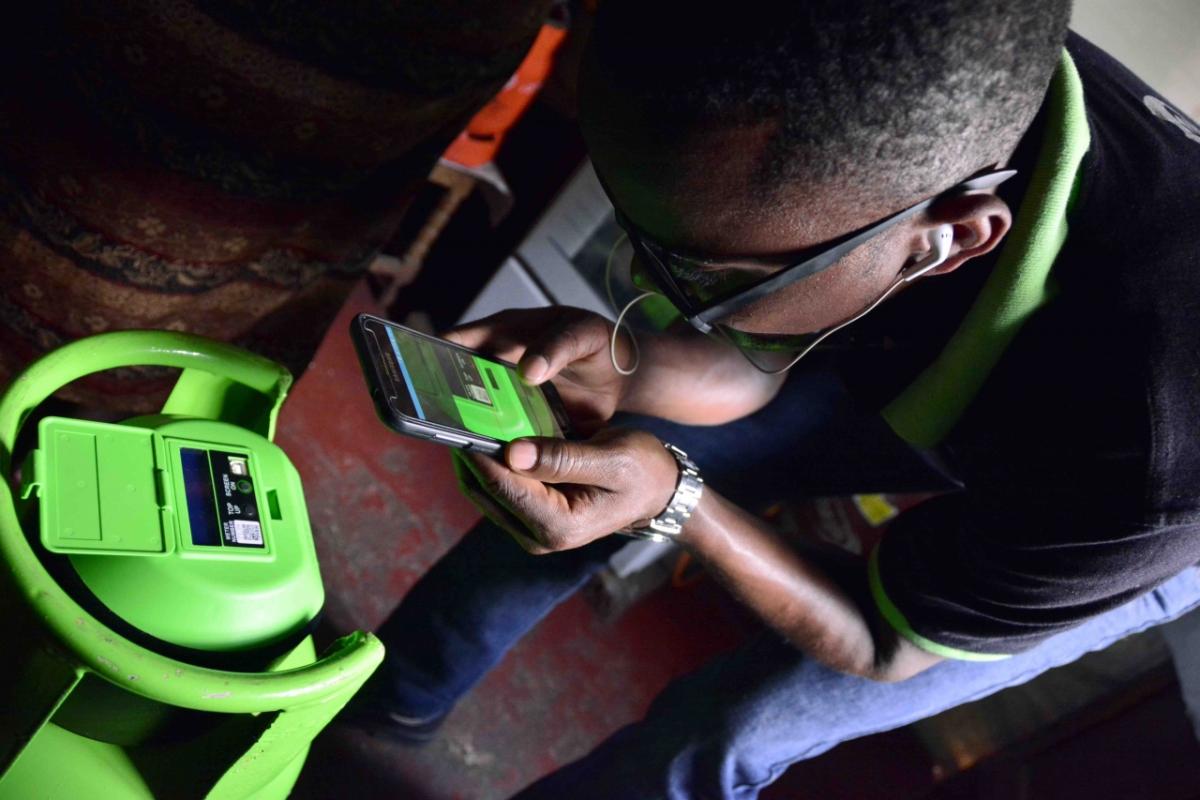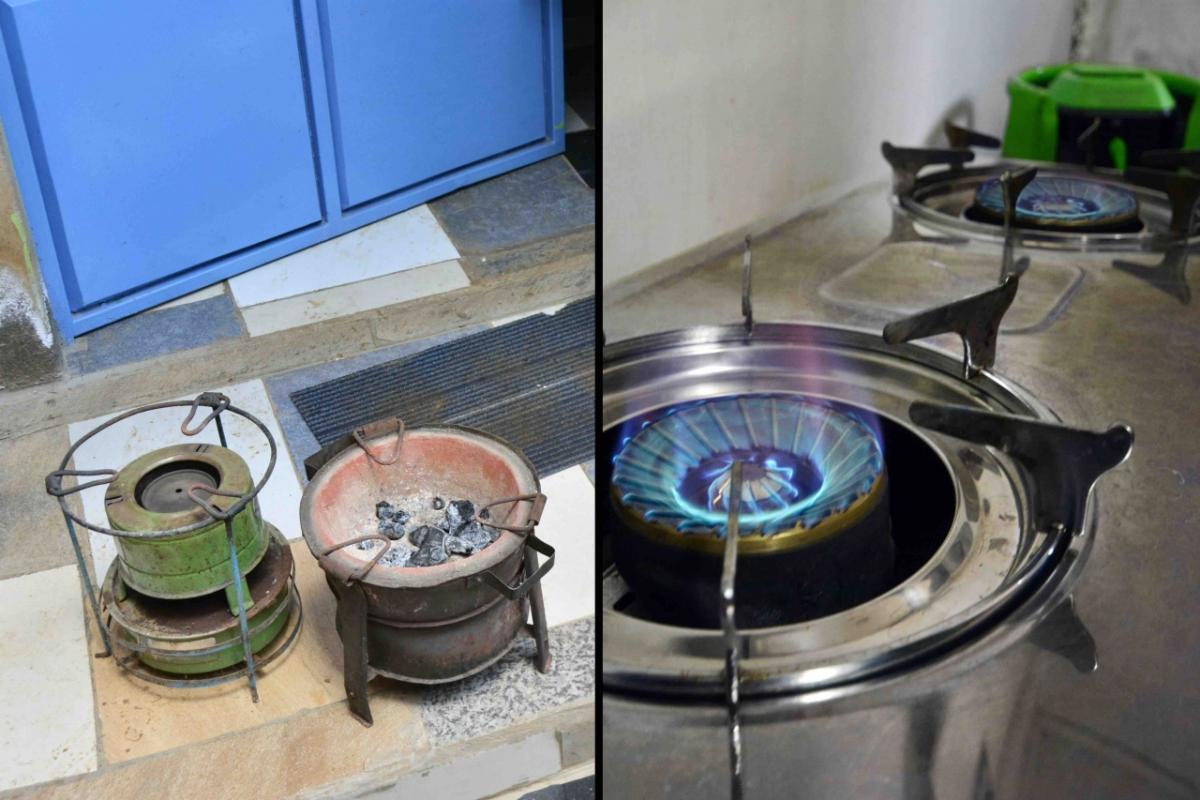The Future of Household Energy in Emerging Markets Will Be Safe, Convenient and Online
Internet of Things technology making cooking easier and safer for families and providing businesses and organizations direct insight into clean energy adoption.
How did you cook your breakfast this morning? If you’re one of the roughly 3 billion people worldwide who live in energy poverty, it was over an open fire or a pile of lit charcoal inside a rudimentary stove. Cooking this way is inefficient, wasting up to 90% of the heat from combustion. It is also dangerous, affecting vision, causing heart and lung disease and ultimately shortened lives. Almost half the world’s population still cooks this way because they need to eat and don’t have other options, but thankfully progress is being made.
Changing a person’s relationship with household energy requires access to new technology that is affordable and easy to use. For households in wealthy countries, the need to cook over charcoal and open flames stopped when massive energy infrastructure systems were built to connect them with electricity and natural gas at the flip of a switch, and allowed them to pay for it monthly.
But what about people who live in areas where no such infrastructure exists? Changing their relationship with household energy to safer and more convenient ways to live and cook still requires creating access to new technology, but the approach to energy access is different than what has come before.
FROM WOOD TO CHARCOAL TO LPG
People in energy poverty have seen their relationships with household energy evolve over the last two decades, and it is set to make a revolutionary shift in the coming years. For many, the evolution of energy usage begins with transitioning from wood to charcoal. Charcoal is more expensive than wood, but burns cleaner and more efficiently. For the billions of people who cook this way, a more efficient wood or charcoal burning stove can make feeding their families easier.
Improved cookstoves save families money and time while lowering their exposure to smoke. For those who can afford it, liquified petroleum gas (LPG) is also available. At Envirofit, we believe that people are united by their desire to live well, and people in energy poverty want to use LPG because it is a convenient, modern fuel that cooks fast and clean. So far, however, this has been difficult because LPG hasn’t been affordable.
Now, technological innovation has again made it possible to change millions of people’s relationship with household energy by making LPG accessible at scale. But unlike the transition from wood and charcoal through improved stoves, the move to LPG can be made with cellular and Internet of Things (IoT) technology. Using these advances, households who cook with modern LPG like Envirofit’s SmartGas will be able to use convenient, affordable energy while having increased ability to participate in the national economy and help others cook safer.
DATA DRIVEN HOUSEHOLD ENERGY
How much data did you generate while cooking your breakfast this morning?
That might sound like a strange question, but energy usage is measured by the companies who supply it the world over. The same is true for the technology behind Envirofit SmartGas LPG Service, as the tech innovations which enable it to report usage data are also what make LPG newly affordable to millions of people.
Like other Pay-As-You-Go services – or Pay-As-You-Cook in the case of SmartGas - Envirofit’s ability to collect usage data ensures customers have the best experience possible. In addition to providing a consistent supply of fuel, by automatically scheduling new tank deliveries before customers run out, usage data also allows us to remotely handle customer service calls and measure impact.
Envirofit has been in the business of helping households evolve their relationship with household energy since our first wood stoves debuted in India over 11 years ago. Based on this experience, we know that the successfull introduction of new technology requires a relationship between Envirofit and our customers. If usage drops off unexpectedly, our customer service team can reach out to make sure everything is ok. The insights that our cellular and IoT equipped SmartGas technology give us help to build this relationship and encourage higher rates of adoption.
Increasing access to modern household energy for billions of people isn’t something we can do alone. This data is also useful for implementation partners such as NGOs, bilateral organizations and governments who have ecological and economic interests in creating energy access and helping communities cook safer. In the past, such information was only available to companies when they conducted time intensive and costly in-person follow-ups. With SmartGas’ ability to report data remotely over cellular networks, accurate data is more easily acquired.
The greatest benefits beyond household energy this new technology provides are for customers. The basis of the Pay-As-You-Cook model is one that lets customers finance a single tank of LPG. The service lets customers to pay for LPG in amounts as small as $.50 cents, and can be used to finance other purchases too. This so called nanofinance has helped many of our customers afford a two-burner LPG stove, doubling their cooking capacity and saving them even more time when feeding their families.
As household energy technology continues to evolve, so will people’s relationship with it. IoT technology makes cooking easier and safer for families and provides businesses and organizations direct insight into clean energy adoption. However, it is only when these breakthroughs are combined with personalized service, this approach to energy access can change lives.
Envirofit International is a speaker at Business Call to Action's 8th Annual Forum: Technological Disruption in the World of Inclusive Business. To find out more about the event, click here.


